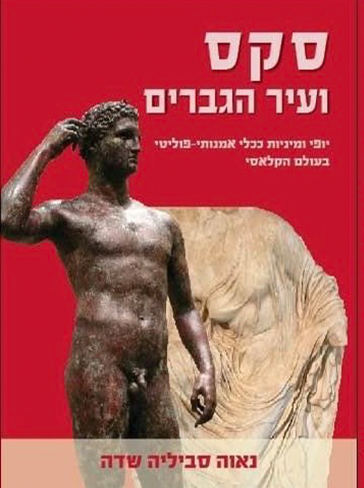A Promise of Wisdom: The Classical Origins of the Odysseus and the Sirens Mosaic Floor from Scythopolis (Bet-Shean)
Sevilla-Sadeh, N. (2006), A Promise of Wisdom: The Classical Origins of the Odysseus and the Sirens Mosaic Floor from Scythopolis (Bet-Shean). In Verzar, C. and Fishhof, G. (Eds.), Pictorial Languages and their Meanings – Liber Amicorum in Honor of Nurith Kenaan-Kedar, Tel-Aviv: Tel-Aviv University, the Yolanda and David Katz Faculty of the Arts, 203- 220.

The mosaic floor found in a house at Bet-Shean was commissioned by a Jewish man named Kyrios Leontis Kloubas into three panels: the upper panel depicts the scene of Odysseus and the sirens, the middle panel contains an inscription, and the lower panel portrays a Nilotic scene. In the Homeric scene of Odysseus and the sirens, Odysseus appears twice – attached to the ship’s mast in the upper part of the panel; and on his ship, struggling with a sea monster. Between the two scenes an inscription reads: “God help Leontis Kloubas”. The middle panel features a medallion surrounded by birds. The inscription in the medallion states: “Be remembered for good and for praise Kyrios Leontis Kloubas because he paved this mosaic at his own (expense) for his own salvation and that of his brother Jonathan”. presents a Nilotic scene with a personification of the Nile sitting on a crocodile. To its side is a nilometer – a device designed to measure the water level for the overflow of the Nile – and a building with a tower and upon it the inscription – “Alexandria”. The bottom panel features a ship with a single human figure, set on the sea…



